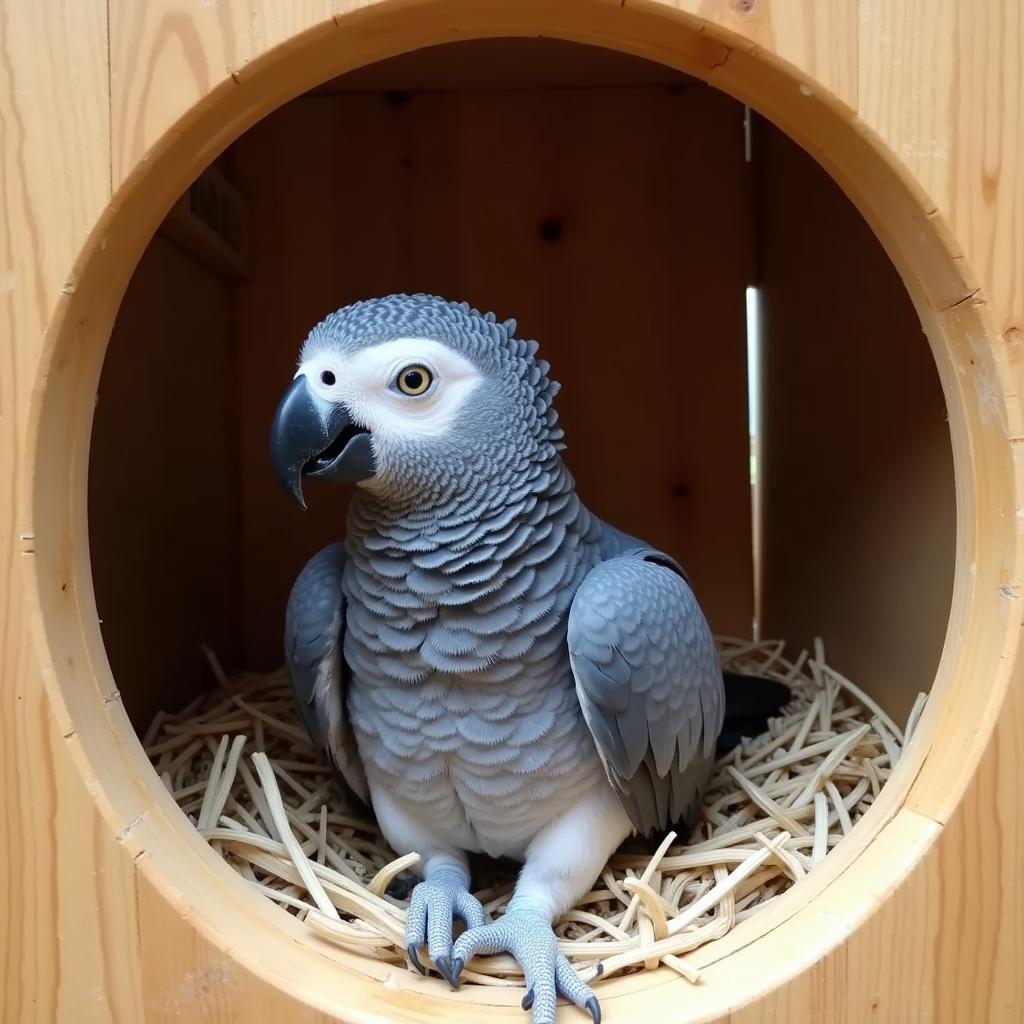Exploring the Intersection of African American Culture and Carnatic Music
African American Carnatic Music represents a fascinating, albeit less explored, intersection of two rich musical traditions. While seemingly disparate, the soulful expressiveness of African American musical forms and the intricate melodic structures of Carnatic music, originating from South India, offer a unique space for creative exploration and cultural exchange. This article delves into the potential connections, influences, and emerging trends within this intriguing musical realm.
The Rhythmic Tapestry: Connecting African American and Carnatic Music
While not widely documented, the potential for synergy between African American and Carnatic music lies in their shared emphasis on rhythm and improvisation. African American musical genres like jazz, blues, and gospel are deeply rooted in rhythmic complexity and spontaneous musical expression. Similarly, Carnatic music features intricate rhythmic patterns (talas) and improvisation within melodic frameworks (ragas). Could these shared foundations pave the way for innovative musical fusions?
The concept of “call and response,” a core element in many African American musical traditions, finds a parallel in the improvisational exchanges between musicians in Carnatic music. This shared emphasis on musical dialogue could be a starting point for cross-cultural collaborations.
Exploring Shared Musical Elements
Both traditions emphasize ornamentation and embellishment of melodies. In African American music, techniques like vibrato, slides, and bends add emotional depth and expressiveness. Carnatic music similarly utilizes gamakas (subtle oscillations) and other melodic nuances to create a rich sonic tapestry. Exploring the interplay of these techniques could lead to exciting new musical expressions.
Bridging Cultures: African American Artists Exploring Carnatic Music
Although still a nascent field, some African American artists have begun to explore the complexities of Carnatic music. This cross-cultural engagement opens up new avenues for musical innovation and cultural understanding. By incorporating elements of Carnatic music into their own artistic expressions, these pioneers are forging new paths and expanding the boundaries of both traditions.
The rhythmic intricacies and melodic depth of Carnatic music offer a unique challenge and inspiration for musicians seeking to broaden their horizons. As more artists embark on this journey, we can expect to see a flourishing of creative expressions that blend the best of both worlds.
The Future of African American Carnatic Music
The future of this intersection remains open to exciting possibilities. Increased collaboration between artists from both traditions, educational initiatives promoting cross-cultural musical understanding, and dedicated platforms showcasing these unique fusions are crucial for fostering growth. Imagine the potential for innovative musical hybrids that blend the soulful expressiveness of African American music with the intricate beauty of Carnatic music.
What is the potential impact of this cross-cultural exchange?
The potential impact of this exchange extends beyond just music. It fosters cultural understanding, breaks down stereotypes, and creates a space for dialogue and shared experiences. It’s a testament to the power of music to connect people across diverse backgrounds and create something truly unique and meaningful.
Dr. Maya Shankar, Ethnomusicologist at UCLA, explains, “Music acts as a powerful bridge between cultures. The exploration of Carnatic music by African American artists is not just a musical experiment, but a cultural conversation with immense potential for mutual enrichment.”
Conclusion: A Harmonious Future for African American Carnatic Music
African American Carnatic music, while still in its early stages, offers a compelling glimpse into the possibilities of cross-cultural musical exchange. As more artists explore this intersection, we can anticipate a vibrant and dynamic future for this unique blend of traditions. The fusion of these seemingly disparate musical worlds promises a rich and rewarding journey of discovery, innovation, and shared cultural expression.
FAQ
-
What is Carnatic music?
Carnatic music is a system of music commonly associated with the southern part of the Indian subcontinent. -
Are there any prominent African American Carnatic musicians?
While the field is still emerging, a growing number of artists are exploring this intersection. -
How can I learn more about Carnatic music?
There are numerous online resources, educational institutions, and cultural centers that offer Carnatic music instruction and information. -
What are the key differences between African American and Carnatic music?
While sharing some similarities in rhythm and improvisation, the two traditions differ in their melodic structures, instrumentation, and cultural context. -
Where can I find performances of African American Carnatic music?
Keep an eye out for specialized concerts, festivals, and online platforms showcasing this unique fusion. -
Why is this cross-cultural exchange important?
It promotes cultural understanding and creates new avenues for artistic expression. -
What is the future of African American Carnatic Music?
The future holds exciting potential for further collaboration, innovation, and wider recognition of this unique musical blend.
Need assistance? Contact us 24/7: Phone: +255768904061, Email: [email protected], or visit us at Mbarali DC Mawindi, Kangaga, Tanzania.



